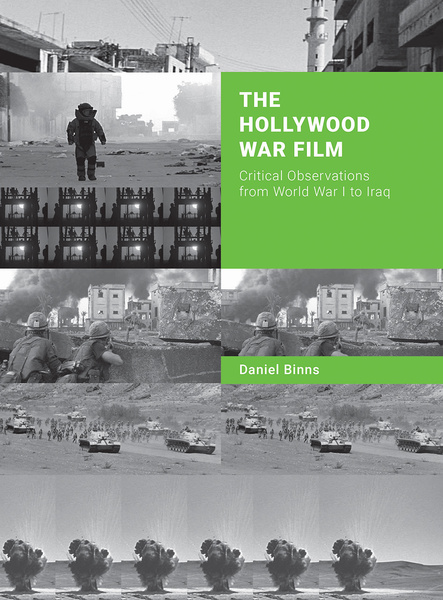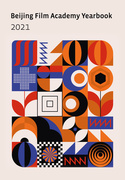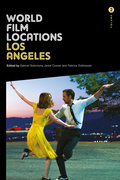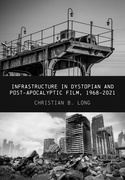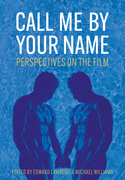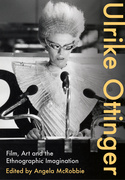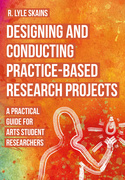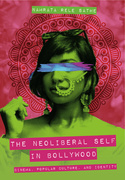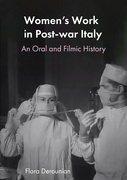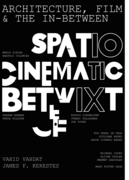The Hollywood War Film (Book)
Critical Observations from World War I to Iraq
Considering selected films representing three periods in history - World Wars I and II, the Vietnam War, and major conflicts in the Middle East, The Hollywood War Film maps cinematic discourses within Hollywood's representations of war and conflict. This results in an understanding of the Hollywood genre as both a tool and a cultural phenomenon.
Edition
Considering selected films representing three periods in history – World Wars I and II and their interim, the Vietnam War, and the major conflicts in the Middle East – The Hollywood War Film reflects on Hollywood’s representations of war and conflict, in order to map some cinematic discourses therein. This results in an understanding of the Hollywood genre not just as a categorising tool, but rather as a dynamic, inscriptive, iterative cultural phenomenon. Broadly, the thesis of the book is twofold: Firstly, that there are commonalities in Hollywood films representing distinct conflicts and eras, and that recent war films more closely echo early war films in terms of their nationalistic and idealistic perspectives. Secondly, the work proposes a reconfiguring of genre as less concrete and classificatory, and more dynamic and iterative. In doing so, The Hollywood War Film analyses some of the most important war films from the past century, including All Quiet on the Western Front (1930), Full Metal Jacket (1987) and The Hurt Locker (2009).
Daniel Binns is a lecturer in media at Melbourne’s RMIT University.
Acknowledgements and Dedication
Introduction: War and Cinema
Chapter 1: For Glory: World Wars I and II
Chapter 2: Fear and Frustration: Korea and Vietnam
Chapter 3: Live from the Front Line: Conflict in the Middle East
Chapter 4: Extended Discourse: Cross-Platform War
Conclusion: Cycles of Violence, Repeat Performances
Bibliography
Index
Daniel Binns is a lecturer in media studies at Melbourne’s RMIT University. He also
works as a writer, producer, and consultant for film productions. His monograph on the Hollywood war film is not the first book on this subject or even the first with this title, but he brings a more theoretically-informed and less historicist approach to bear on the topic than previous scholars. He draws thoughtfully on the best and best-known works on the topic, including those by Paul Virilio, Jeanine Basinger, and Robert Eberwein. Over the course of an introduction and four chapters, he works to elicit a new understanding of the war film genre and, in the process, of generic formation more generally.
'The issues and the framework of the study are clearly defined by the author as well as the comings and goings between the theories and films, which are articulated in a clear and legitimate way and contribute to the great interest of this book for those who are interested in the war movie genre.'
'Genre analysis, as Robert Stam warned, is always in danger of narrowness, normativism, monolithic definitions and biologism. Daniel Binns’ The Hollywood War Film has avoided such pitfalls by offering a reading of the genre that captures its shifting nature across time and forms, starting with the grand narratives of Hollywood to more recent video games... The Hollywood War Film is a significant contribution to the study of cinematic genres and will appeal to both specialists in the field of film studies and students.'


